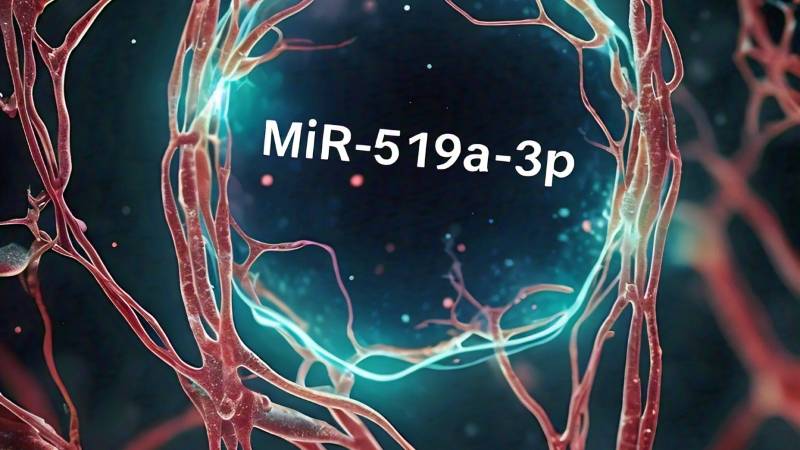In a new study, researchers from the Institute for Bioengineering of Catalonia (IBEC) and the University of Barcelona have identified a new biomarker that could revolutionize the early detection of Alzheimer’s disease. The molecule, known as miR-519a-3p, is a microRNA directly linked to the expression of the cellular prion protein (PrPC), which is known to be deregulated in people suffering from neurodegenerative diseases like Alzheimer’s.
A Beacon of Hope for Early Diagnosis
The discovery of miR-519a-3p as a stable and easily detectable biomarker in biofluids offers a glimmer of hope for detecting Alzheimer’s disease in its early, asymptomatic stages. Early detection could significantly improve the diagnosis and treatment of this devastating disease, which affects more than 35 million people worldwide.
“Currently, tests to diagnose Alzheimer’s disease are usually carried out after the onset of symptoms, when there is already underlying cognitive impairment. We believe that the detection of this microRNA may help to establish additional criteria for a more accurate diagnosis in the early stages of the disease,” explains IBEC principal investigator José Antonio del Río, full professor at the Faculty of Biology and the Institute of Neurosciences of the University of Barcelona (UB) and co-leader of the study.
Ensuring Specificity to Alzheimer’s Disease
To ensure that miR-519a-3p is a reliable biomarker for Alzheimer’s disease, the researchers compared its levels in samples from other neurodegenerative diseases. “If our goal is to use miR-519a-3p as a biomarker to detect Alzheimer’s dementia in hypothetically healthy people, it is essential to ensure that its levels are not altered in other neurodegenerative diseases. In our study, we compared the levels of this biomarker in samples from other tauopathies and Parkinson’s disease, confirming that the changes in miR-519a-3p are specific to Alzheimer’s disease,” said IBEC senior researcher Rosalina Gavín, UB associate professor and co-leader of the study.
The researchers are now working on validating miR-519a-3p as a biomarker in blood samples from different cohorts of patients, with the aim of starting to use it in the clinical diagnosis of Alzheimer’s disease in peripheral samples.
Keyword phrase: Alzheimer’s disease early detection biomarker


